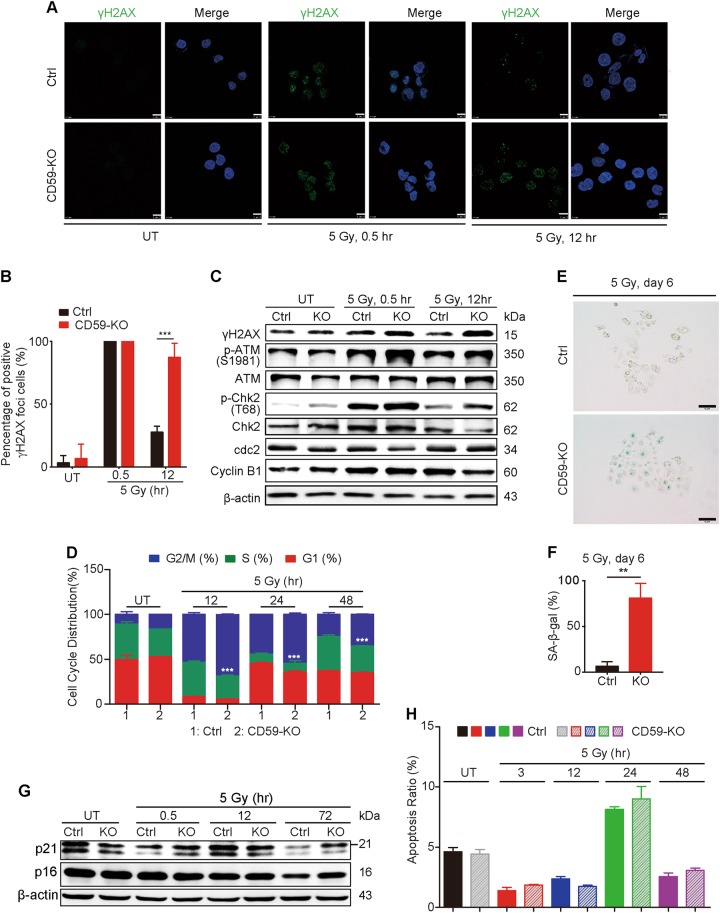Fig. 3. CD59 deficiency impairs DNA damage repair after irradiation.
a, b The formation of γH2AX foci in the CD59-deficient Eca109 cells significantly increased compared with that in CD59-sufficient cells at 12 h after ionizing radiation. The representative images for γH2AX foci in (a) and the quantitative results in (b) for measuring the percentage of γH2AX-positive ( > 10 foci/cell) cells. Scale bar, 10 μm. c The expression or phosphorylation levels of the DDR-related signaling molecules were significantly changed upon irradiation in Eca109 cells, which was further enhanced by CD59 deficiency. d CD59 deficiency exacerbated G2/M phase arrest compared with CD59 sufficiency in Eca109 cells upon irradiation treatment. e, f CD59 deficiency induced greater cellular senescence in Eca109 cells after irradiation than CD59 sufficiency as accessed by SA-β-gal (Senescence-associated beta-galactosidase) staining. The representative images in (e) and the quantitative results in (f). g CD59 deficiency induced a smaller decrease in the levels of p21 and p16 than CD59 sufficiency in Eca109 cells after irradiation. h Irradiation-induced apoptosis of Eca109 cells at 24 h; however, there was no significant difference between CD59-sufficient and -deficient cells. Data represent the mean ± SD, n = 3, **P < 0.01 and ***P < 0.001

